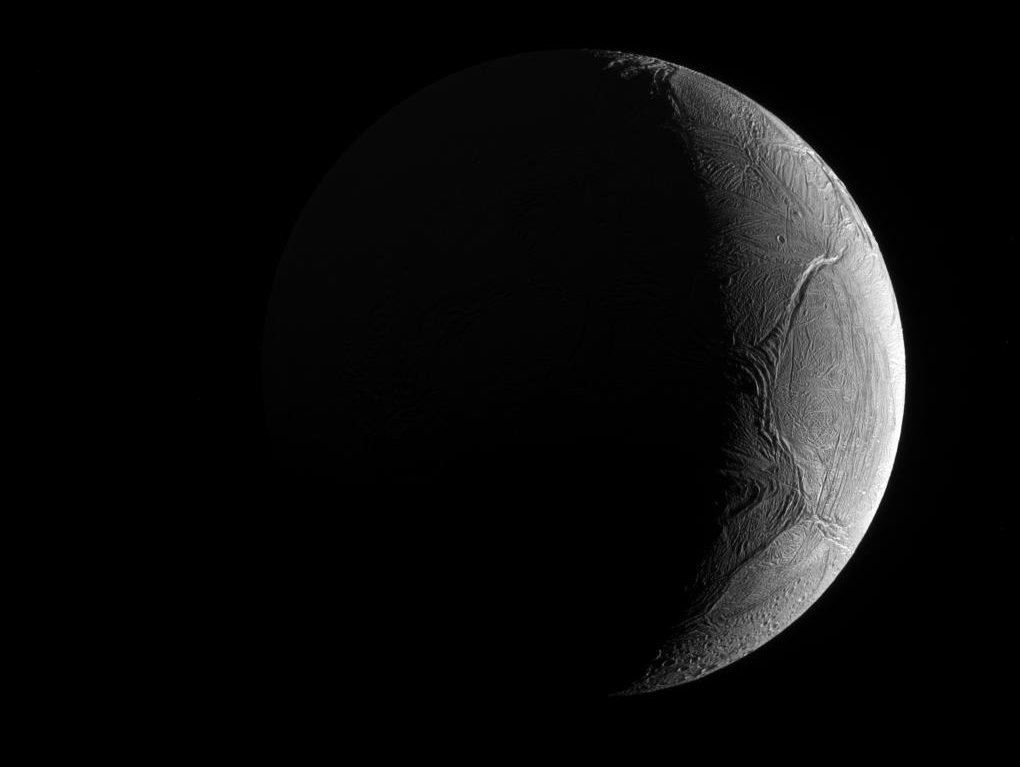
Astronomers have found the first evidence of the remains of a comet-like object scattered around a burned-out star. They used NASA's Hubble Space Telescope to detect the debris, which has polluted the atmosphere of a compact star known as a white dwarf. The icy object, which has been ripped apart, is similar to Halley's Comet in chemical composition, but it is 100,000 times more massive and has a much higher amount of water. It is also rich in the elements essential for life, including nitrogen, carbon, oxygen, and sulfur. These findings are evidence for a belt of comet-like bodies similar to our solar system's Kuiper Belt orbiting the white dwarf. This is the first evidence of comet-like material polluting a white dwarf's atmosphere. The results also suggest the presence of unseen, surviving planets around the burned-out star.
via Hubble - News feed
http://hubblesite.org/news_release/news/2017-09
